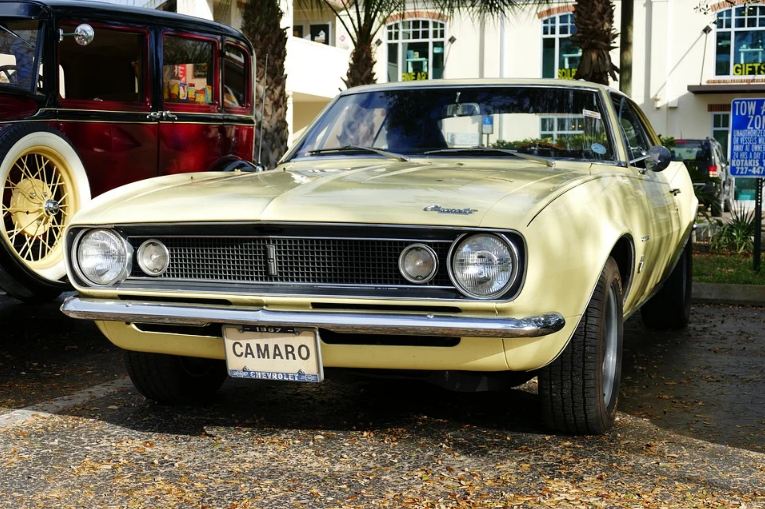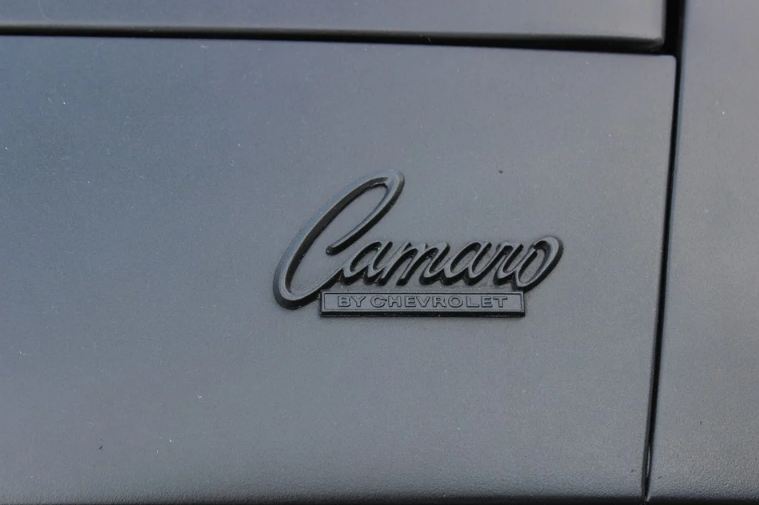Almost all car enthusiasts probably are familiar with the Chevrolet Camaro, as it is one of Chevrolet’s most iconic vehicles, and it has appeared in popular movies, such as 2 Fast 2 Furious, Christine, and Transformers. Even there are plenty of Camaro that can be bought these days, there is one particular model of the said line that is considered as one of the rarest cars in the world, and that is the first generation Camaro that was produced from 1967 to 1969. What made this particular Camaro model so rare? Let us find out as we take a look at the interesting history of the first-generation Chevrolet Camaro.
Origins of the Camaro
The name of the Camaro was coined by Elliott Estes, who was recently promoted to the position of General Manager in 1965. The Chevrolet Camaro was supposed to be called “Panther” at first, but Estes suggested that “Camaro” is a better name. The Camaro was released on September 29, 1966, to capitalize on the growing popularity of pony cars, which are affordable, stylish, and compact coupes and convertibles. The model’s biggest competitor was the Ford Mustang, which was released two years before the Camaro. Both of the models manufactured by Chevrolet and Ford seem to offer the same specs and horsepower, although the Mustang was significantly more popular due to being released earlier.
The appearance of the Camaro is based upon the Chevrolet Nova, which was a small vehicle that was produced initially from 1961 to 1979. What’s great about the Chevrolet Camaro was that the company allowed car dealers to have 80 factory options and 40 accessories, thus enabling them to sell unique and exclusive versions of the vehicle that helps attract customers.
Although there were so many engine, accessory, and part options available for the Camaro during its initial release, there was one particular option number that stood out among the rest, and that was the Z-28. The Z-28 coupe was introduced in December 1966, and it came from the idea of Chevrolet engineer Vince Piggins to offer “race-ready” Camaros. In order to build up sufficient hype for the model, Chevrolet allows any dealer that they work with to order the Z-28. However, for some odd reason, the Z-28 was not mentioned in any marketing pamphlets or posters during that time, thus making it almost invisible to buyers that wanted to buy a new Camaro.
There were plenty of improvements that were done to the Z-28 to make it stand out amongst other Camaro models, but the most noticeable difference between the said model and the other was that the Z-28 has two racing stripes that run from its hood to the trunk lid. Another distinct feature that it has is its 15-inch rally wheels, as the other 1967 Camaros only has 14-inch wheels.
Although the entire first-generation Chevrolet Camaro line was already quite rare today, the Z-28 model is even rarer, as there were only 602 made in its production year of 1967. In addition, there were also 100 Indiana Pace Car replicas that were manufactured around the same year, and these pace cars were used in the Indiana 500 auto races like the one used by the organizers to determine or limit the speed of the race cars in the tournament, and to also check if the track is safe for racing.
The production of the Chevrolet continued in 1968, although there were some changes to its specs and overall design. The 1968 models feature Astro Ventilation, which is a fresh-air-inlet system that provides steady airflow inside the vehicle. Because convertibles were quite popular in 1968, the most bought models in that year were convertibles. The Special Production Division of Chevrolet wanted the Z-28 to be promoted properly, despite the growing popularity for convertibles, but since General Manager Elliott Estes only drove convertibles back then, Estes didn’t see the potential of the Z-28 as a bestseller. The only convertible version of the Z-28 was given to Estes, and this version was supposed to convince Estes to promote the said model. When Estes took it out for a test drive, he enjoyed driving it, thus prompting him to approve the Special Production Division’s request. The one and only convertible Z-28 that Estes drove is currently in the hands of famous auctioneer Dana Mecum.
The first-generation Chevrolet Camaro line was discontinued in 1967, although the line would soon be revived for the second generation in February 1970. The second generation was wider and longer than its predecessor, and Chevrolet deemed it as “A Driver’s Car” due to how easy it is to drive compared to the first generation, which was initially built for races. The Camaro’s second generation would also have a longer manufacturing time compared to the first, as it was produced from 1970 to 1981.


